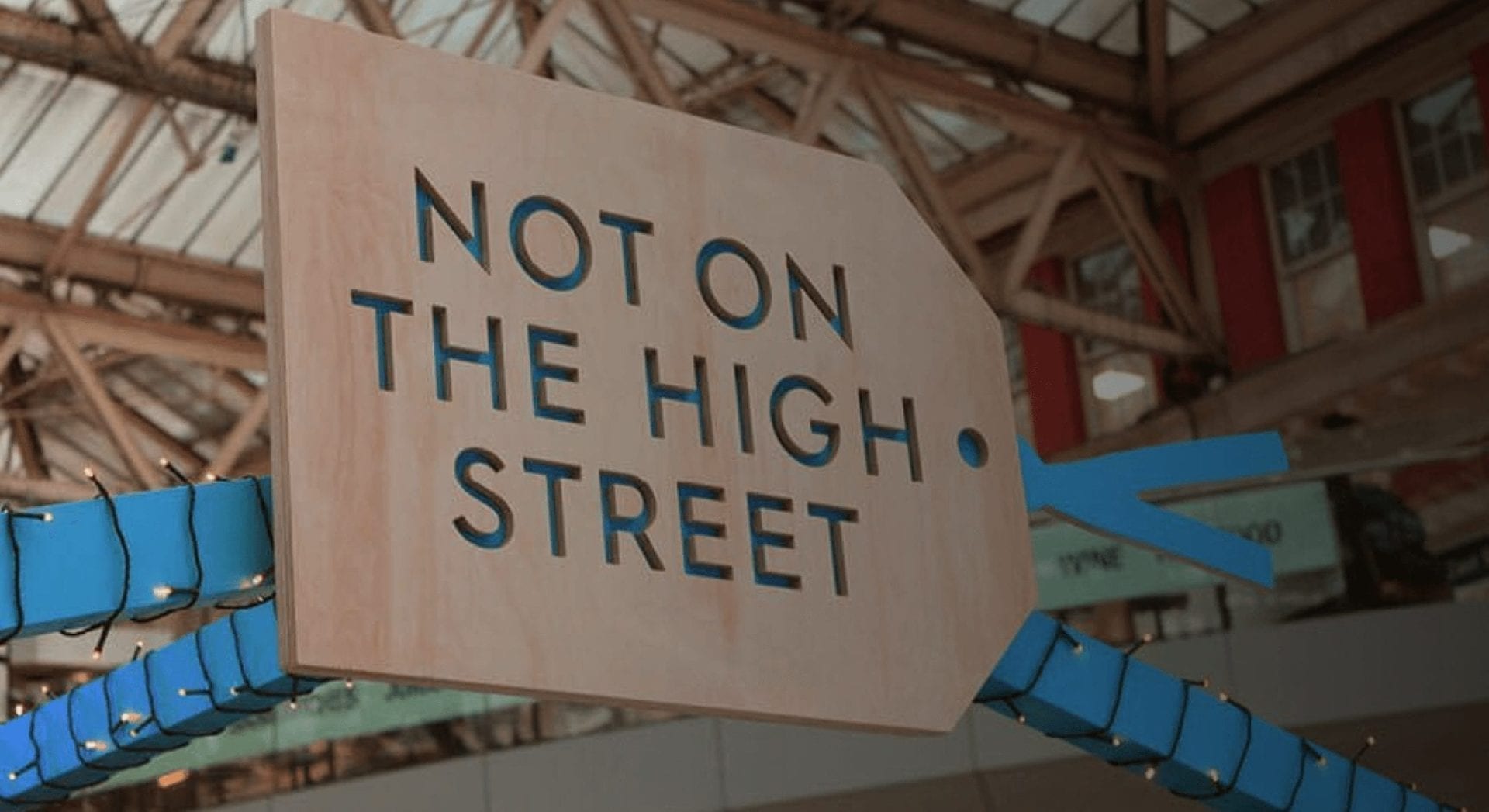This article was originally published on AW360
With the rapid advancement of technology and new shifts in social behaviour and consumption, the way in which consumers shop has changed forever.
Given the proliferation of channels, platforms and purchasing options, modern consumers are spoiled for choice – both online and offline. A surge in independent retailers and entrepreneurial start-ups only serves to reinforce this shift.
Faced with digital’s ominous threat, many established heritage brands have been thrown into disarray, with household names from BHS to Toys R Us shutting up shop for good. Although some are quick to tout the “death of the high street”, there’s a more nuanced undercurrent at play here.
Though online retailers have seen marked success in recent years, these e-commerce brands need to plan for a future that accommodates the digital and the physical. As the marketplace matures and evolves, online and offline worlds are beginning to marry up. Shoppers still crave and value experiences that can only be delivered in-person. Accounting for this requires a multi-faceted approach.
By thinking outside the box, online retailers can create memorable experiences that excite and enchant consumers, without signing long-term leases on expensive high-street properties.
Making the Case for Physical Experiences
There’s no denying that online shopping has re-written the rules of purchasing, but bricks and mortar stores have a crucial role to play in evolving this experience for the better. By understanding the drivers in the physical shopping experience, brands can leverage these behaviours and increase likelihood of purchase.
When asked why people choose physical stores over online retailers, the number one response was the “need to see, touch, feel and try out items”(Retail Dive Consumer Survey). With the ability to interact directly with products, physical shopping provides a tactile, sensory experience that simply can’t be matched online.
Physical stores also strengthen the emotional connection between consumers and brands. With face-to-face conversations and physical interactions, in-person locations offer brands the chance to immerse consumers in their entire brand world. From music to scent to in-store design, everything can be customised to create the most authentic conception of brand identity.
Google’s Curiosity Rooms and BOSE’s in-store experiences are great examples of brands that have gone one step further and created a more immersive brand experience in store to galvanise the connection with the consumer, something which cannot be replicated online. These activations demonstrate the playfulness and creativity that can be brought to the high street, driving stand out and longer lasting relationships with the brand.
When done well, physical experiences are a smart way to align with online behaviours and can play a vital role in capturing engagement and driving purchase.
The Rise of the Pop-Up
While bricks-and-mortar stores certainly have their benefits, online brands don’t necessarily need a full-scale, permanent retail location to promote their products. Established high-street shops are becoming less realistic and much riskier, especially for challengers who rely heavily (if not entirely) on online sales.
This ethos is behind the rise of Appear Here, an online marketplace for short-term retail that is designed to disrupt the commercial space. With a network of over 160,000 brands and 6,000 retail spaces, it’s a trend being embraced by everyone from small-market artisans to the likes of Nike, Apple and Louis Vuitton.
Given these shifts, online brands are now exploring new ways to reinvigorate and reinterpret the traditional perception of the high street. Enter the rise of the “pop-up”.
According to Independent Retailer, pop-up shops generate more than £38 billion every year. It’s a trend that has seen an explosion of popularity across the UK, with hotspots ranging from BoxPark (based across various locations in London), to Bristol’s Wapping Wharf attracting hundreds of thousands of shoppers every year. To capitalise on this trend, online retailers have begun to take notice and dip their toes in the water.
Over the 2018 festive season, Initials worked with notonthehighstreet to launch physical pop-up locations for the online brand at Waterloo Station and Westfield shopping centre. With specifically chosen colours, detailed decoration and warm lighting, the space evoked cosy winter nights with a personalised touch – all aligning with the brand’s festive creative.
For e-commerce retailers, pop-ups can provide a happy medium between maintaining a physical presence without excessive risk and long-term financial commitment. It’s a flexible and lively approach that can promote brand identity, engage new audiences and increase conversions.
How To Create A 3-Dimensional Brand World
To achieve success in a changing world, online retailers must start thinking beyond the confines of digital. Navigating the future of retail will require a high-degree of dynamism. For the savvy business, pop-ups present a valuable opportunity to benefit from an online and offline presence.
Technology undoubtedly has a role to play in the future of retail, but it doesn’t have to be seen as a direct threat to the high-street. When seeking to create a 3-dimensional manifestation of your brand in the real world, it’s important to consider how personalisation and experience can lead the way.
Yes, technology will enable a more bespoke, tailored and efficient online shopping experience, but it could also mark the start of a more creative, experiential approach to high-street shopping. This injection of creativity, variety and originality may once again make the high-street a place for discovery.
Offering playful and personal light-heartedness to the offline retail experience, it’s now possible for online vendors to tap into something that some established high-street chains may have lost. In this sense, the future of retail looks very bright.





